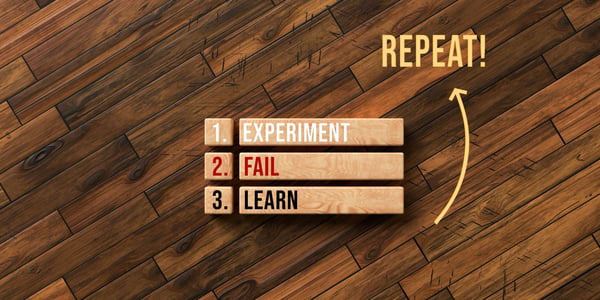Your eCommerce store should present your brand and products with an intent to sell. A gorgeous website doesn’t mean much if it can’t convert sales. Sleek widgets, great copy, and beautiful pictures are great tools, but if your call to action is buried, what is motivating the window shopper to become a buyer? On the flip side, your side should not seem so functional that your branding is lost—this, too, can turn off new browsers.
Optimize Your Homepage for eCommerce Traffic
Does your website homepage support your conversion goals, or does it just take up space? Remember that as a rule of thumb, your homepage will be the first thing your customer sees when they enter your site. This page serves as a sort of lobby for shoppers visiting your storefront, providing all the information that a shopper needs to find what they are looking for.
A good homepage urges shoppers to move past that page to view what your store has to offer. Check out this homepage from Penny Lane Sink Co that’s optimized to get the customer to keep browsing.
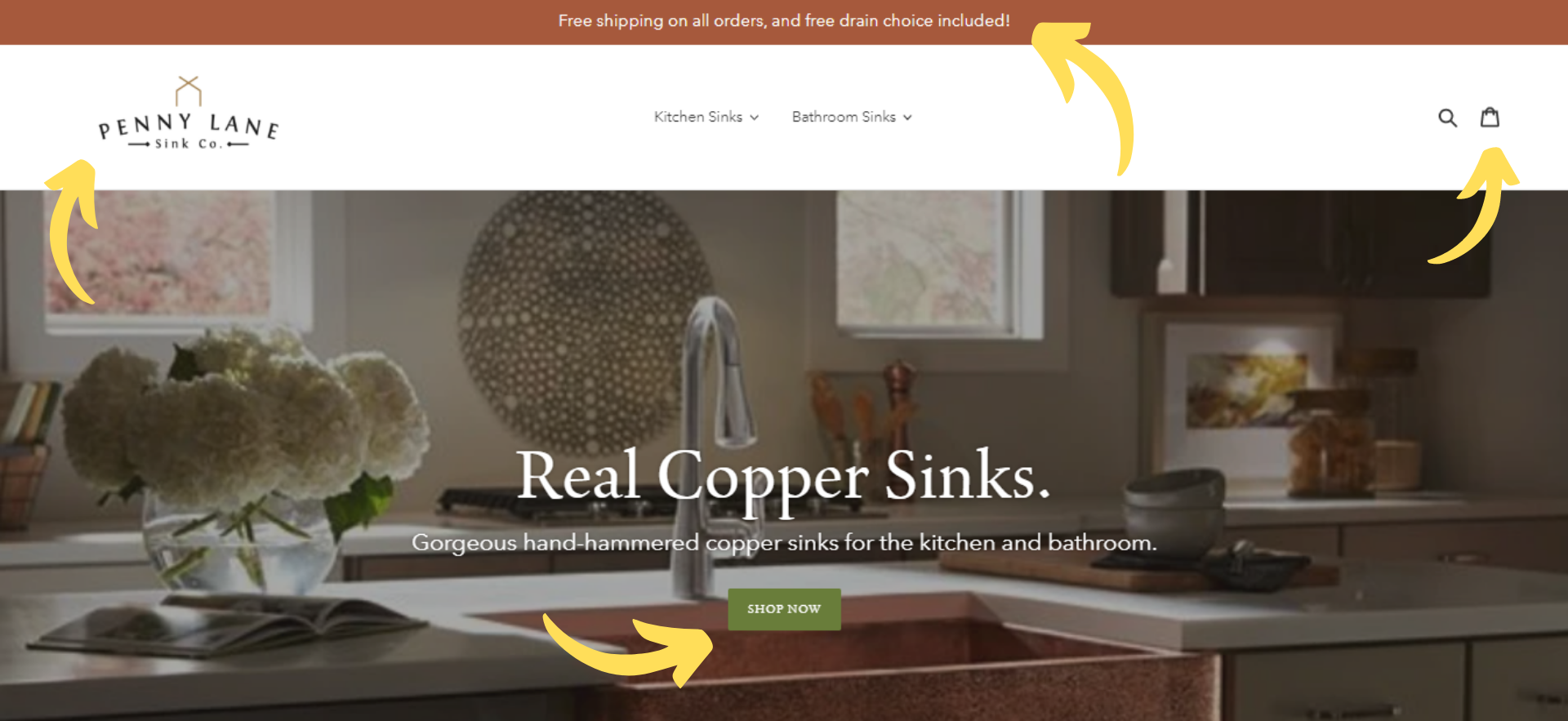
This homepage features a clear logo, a shopping bag, free shipping offer, and a clear call to action that isn’t buried down the page. The free shipping and drain choice motivates shoppers to start looking because they know that down the line they won’t have to worry about high shipping rates.
Optimize Your Landing Pages for eCommerce Conversions
While your homepage is the lobby that most of your web traffic will pass through, landing pages serve a different purpose.
Landing pages are created specifically for marketing campaigns to convert visitors. An effective landing page is focused on a particular traffic stream, targeted to audiences who you have determined are most likely to care about your offer.
A good landing page removes the distractions of your website and narrows the viewer’s focus to a page tailored for their audience group. This could mean they are entering the landing page based on their level of brand awareness, demographics, interests, behavior, and even location.
Other than being a backlink behemoth, Canva has an impressive catalog of landing pages, as well. Canva landing pages optimize for user intent. Check out the example of a landing page created for people looking to create a greeting card online.
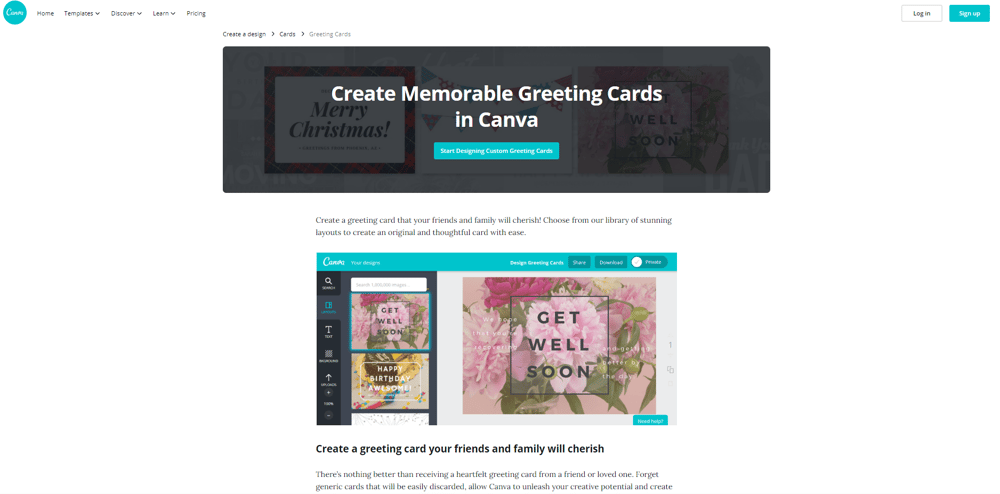
This landing page invites visitors to start designing custom cards, shows you a glimpse of what to expect in their design creator, and keeps clutter down to a minimum so the user isn’t distracted or overwhelmed.


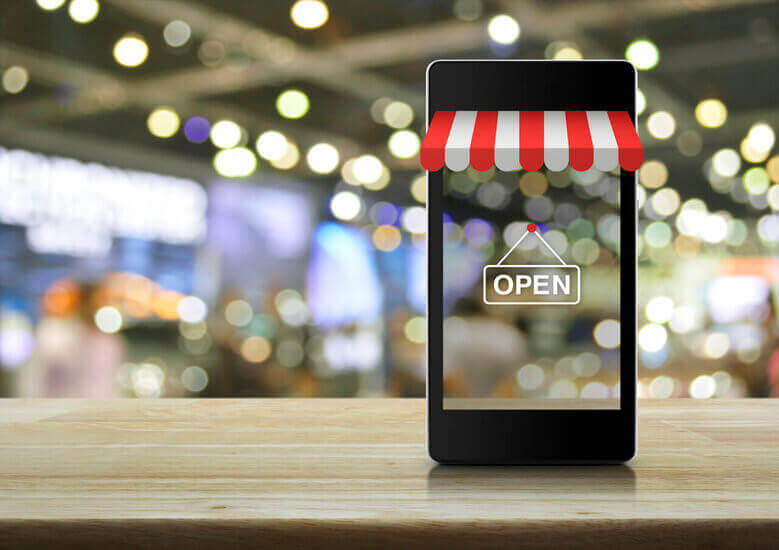
.png?width=648&name=pasted%20image%200%20(3).png)

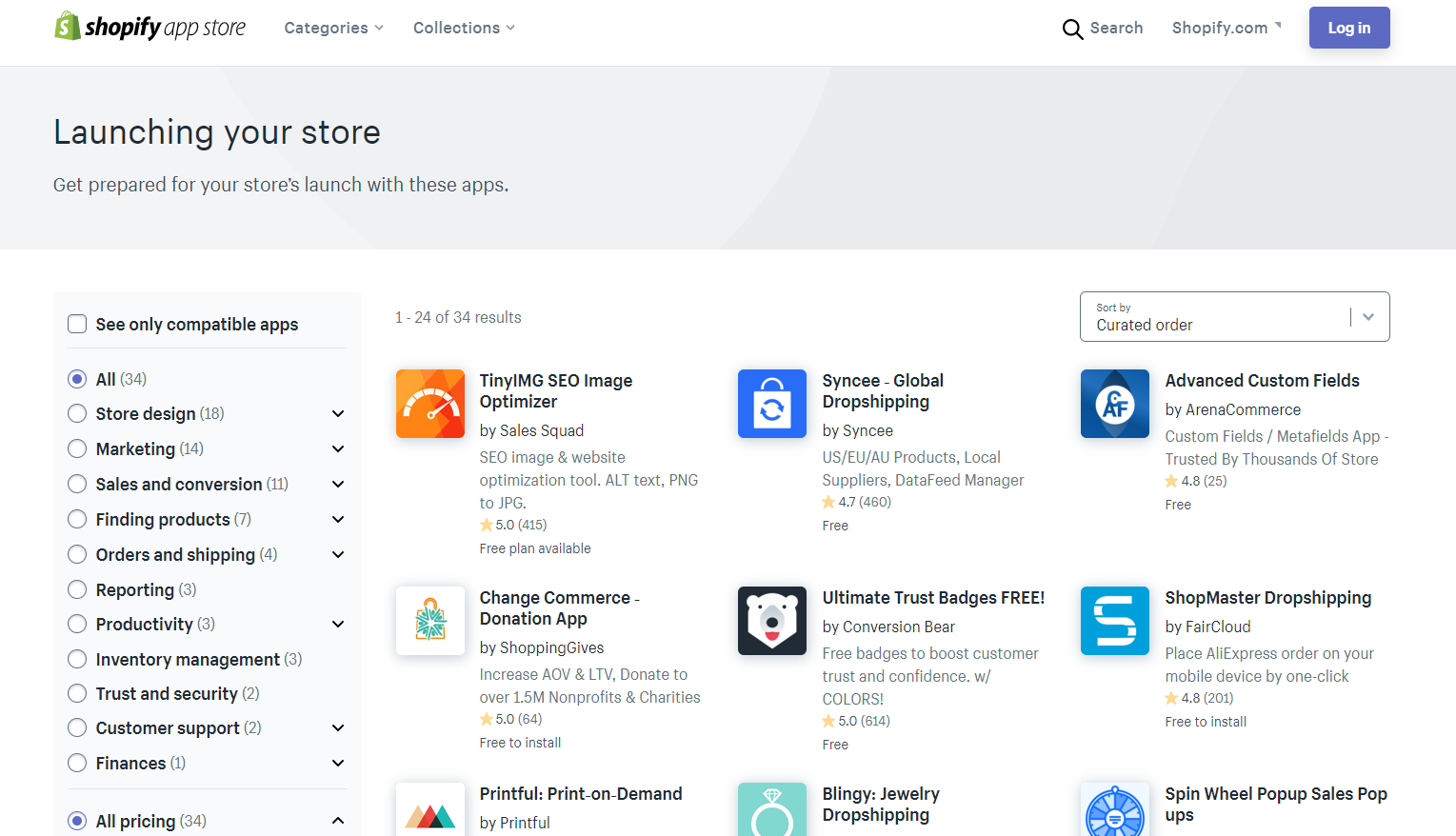
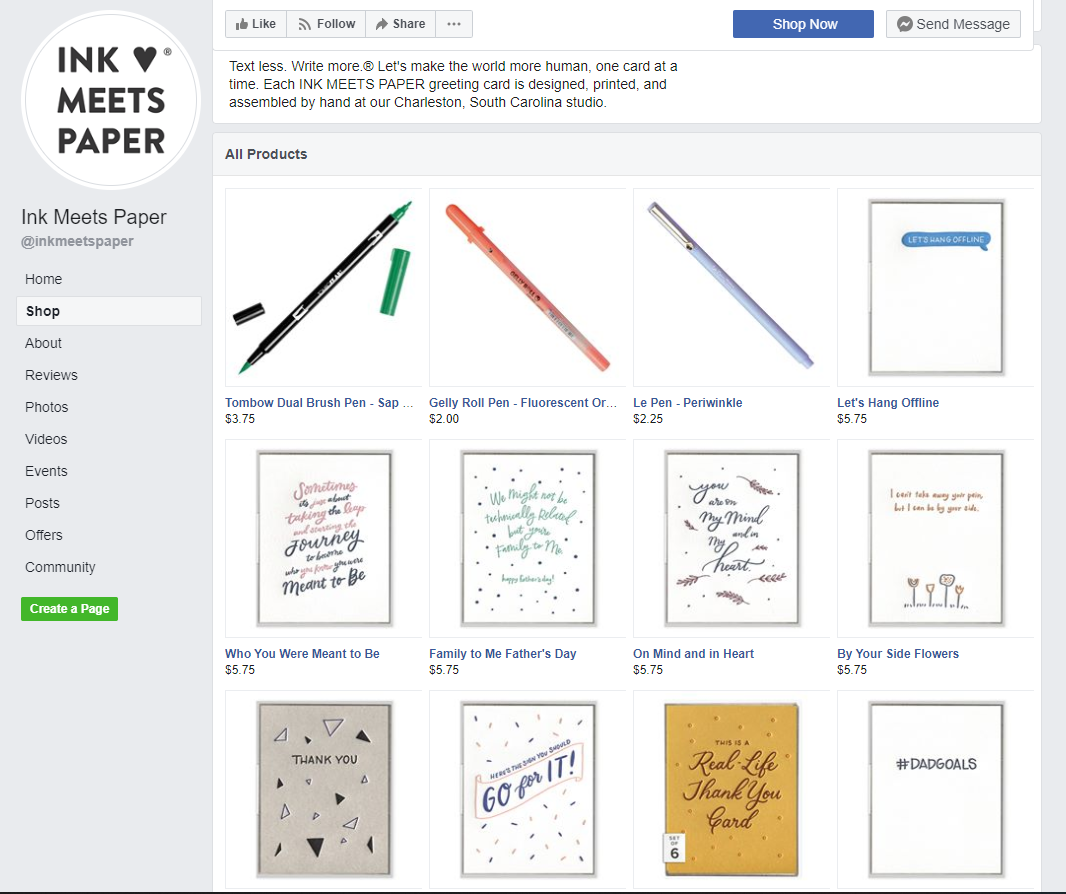
.jpg?width=688&name=rsz_1istock-1179870100%20(1).jpg)
